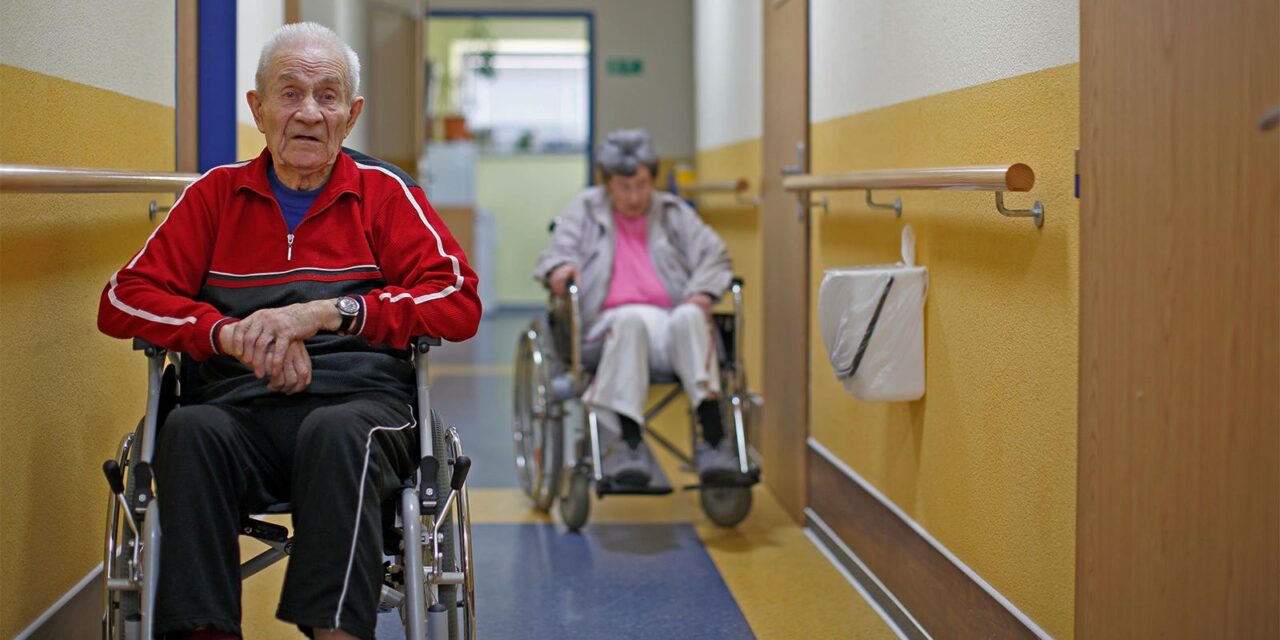
Hospitalizations for respiratory syncytial virus (RSV) infections were less frequent than those due to influenza or COVID-19 in adults 60 and up, but they were associated with more severe disease, CDC researchers reported.
Among hospitalized cases, the likelihood for invasive mechanical ventilation or death with RSV was double that of the flu (adjusted odds ratio [aOR] 2.08, 95% CI 1.33-3.26) and similar to COVID (aOR 1.39, 95% CI 0.98-1.96), reported Diya Surie, MD, of the CDC’s National Center for Immunization and Respiratory Diseases, and colleagues.
RSV patients were also more likely to be admitted to an intensive care unit (ICU) compared with both COVID (aOR 1.49, 95% CI 1.13-1.97) and flu (aOR 1.55, 95% CI 1.11-2.19) patients, the group detailed in the Morbidity and Mortality Weekly Report (MMWR).
The RSV group was about two to three times more likely to receive standard flow oxygen and more than twice as likely to require high-flow nasal cannula or noninvasive ventilation compared with the influenza and COVID groups, according to the findings, which looked at nearly 6,000 hospitalized cases associated with the three respiratory viruses from 2022 to 2023.
RSV causes substantial morbidity and mortality in older adults, the authors noted, and has resulted in approximately 60,000 to 160,000 hospitalizations and 6,000 to 10,000 deaths annually among adults ages 65 and older. In May, the FDA approved two RSV vaccines for prevention of RSV lower respiratory tract disease in adults 60 and up, and in June, the CDC recommended RSV vaccination for this age group using shared decision-making.
“Healthcare providers and older adults should consider RSV disease severity when making a shared clinical decision about RSV vaccination,” Surie and team wrote.
In a separate MMWR, researchers led by Fiona P. Havers, MD, of the CDC’s National Center for Immunization and Respiratory Diseases, said that age, long-term care facility residence, and underlying medical conditions should all be considered when making recommendations for RSV vaccines in older adults.
In a random sample of 1,634 patients 60 and older hospitalized with RSV from October 2022 to April 2023, 54.1% were age 75 or older, and 17.2% resided in long-term care facilities, including 26.9% of those ages 80 and up.
Among these patients, the most common underlying medical conditions were obesity (37.8%), chronic obstructive pulmonary disease (COPD; 33.7%), congestive heart failure (33.2%), and diabetes (32.6%).
Severe outcomes occurred in 18.5% of patients hospitalized due to RSV; 17% were admitted to an ICU, 4.8% required mechanical ventilation, and 4.7% died.
Adults ages 75-79 and 80 and older accounted for 16% and 38.1% of hospitalizations, 21.2% and 25.5% of ICU admissions, and 25.6% and 42.1% of in-hospital deaths, respectively.
The comorbidities that were significantly more prevalent in patients with severe outcomes compared with those without severe outcomes were COPD (40% vs 32%; P=0.047), other chronic lung diseases (9.1% vs 4.4%; P=0.04), and congestive heart failure (41.2% vs 31.4%; P=0.01).
For the first study, Surie and colleagues used data from the Investigating Respiratory Viruses in the Acutely Ill (IVY) Network from February 2022 through May 2023, and included 5,784 adults 60 and older with acute respiratory illness and laboratory-confirmed RSV, SARS-CoV-2, or influenza infection who were admitted to any of 25 hospitals in 20 U.S. states.
Overall, 5.3% were hospitalized with RSV, 81.8% were hospitalized with COVID-19, and 12.9% were hospitalized with flu. Of the total group, median age was 74 years, 50.1% were women, 63.3% were white, 17.9% were Black, and 12.1% were Hispanic or Latino. About 82% had been vaccinated against COVID, and 48.3% were vaccinated against influenza.
For the second study, Havers and colleagues used data from the Respiratory Syncytial Virus-Associated Hospitalization Surveillance Network, a population-based hospitalization surveillance system used in 12 states. They included 3,218 patients ages 60 and up (median age 75) who were hospitalized with laboratory-confirmed RSV infection from July 2022 to June 2023.
The majority of patients were women and white. The median age of white patients was significantly higher (77 years) than Black (70 years), Hispanic (74 years), and American Indian/Alaska Native (72 years) patients.
“It is important that special attention be paid to equitable access to vaccines for American Indian/Alaska Native, Black, and Hispanic adults, who were hospitalized for RSV at younger ages than were white adults,” Havers and team wrote.
Disclosures
Surie reported no conflicts of interest. Co-authors reported multiple relationships with industry.
Havers reported no conflicts of interest. One co-author reported a relationship with Merck.
Primary Source
Morbidity and Mortality Weekly Report
Source Reference: Surie D, et al “Disease severity of respiratory syncytial virus compared with COVID-19 and influenza among hospitalized adults aged ≥60 years — IVY Network, 20 U.S. states, February 2022–May 2023” MMWR 2023; DOI: 10.15585/mmwr.mm7240a2.
Secondary Source
Morbidity and Mortality Weekly Report
Source Reference: Havers FP, et al “Characteristics and outcomes among adults aged ≥60 years hospitalized with laboratory-confirmed respiratory syncytial virus — RSV-NET, 12 states, July 2022–June 2023” MMWR 2023; DOI: 10.15585/mmwr.mm7240a1.





